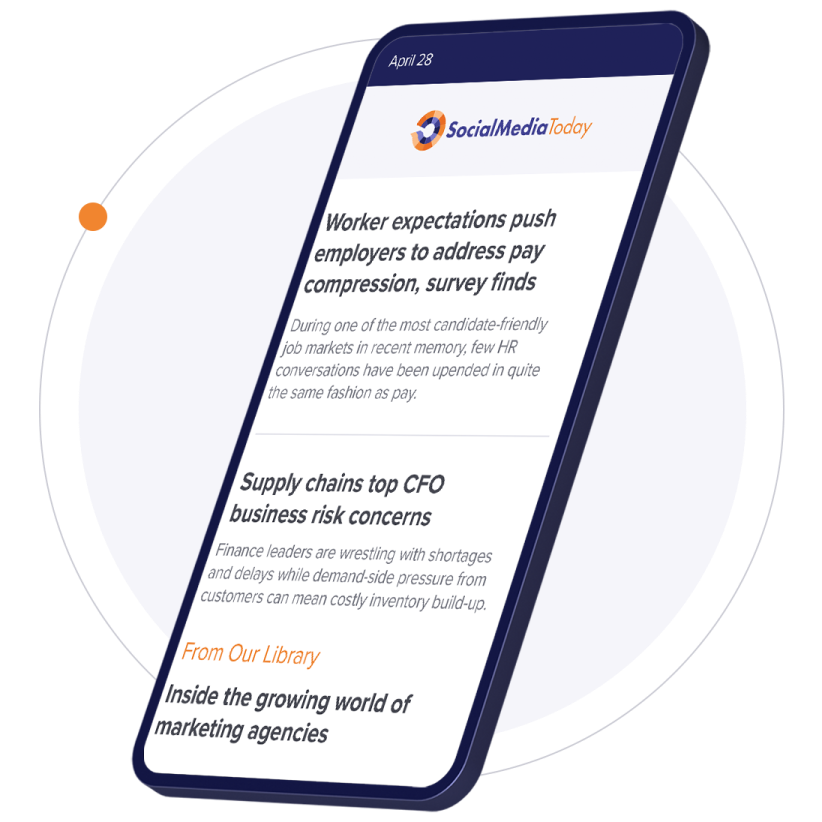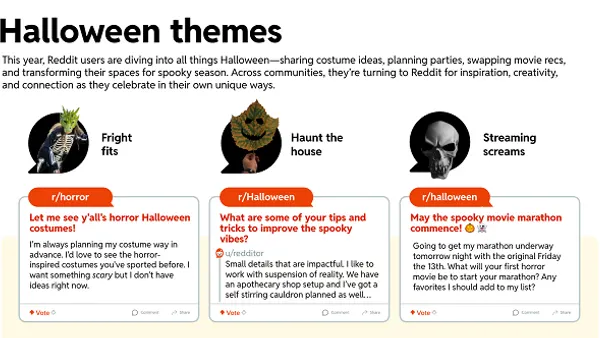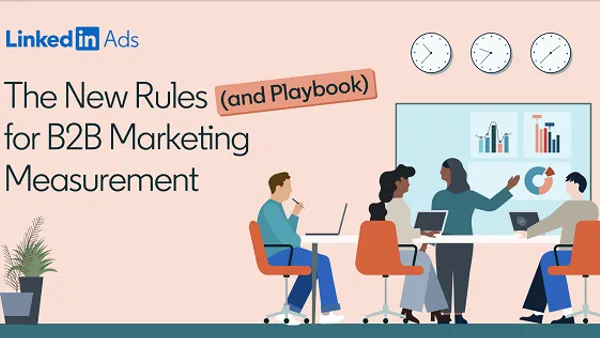Just about everyone is doing something on their mattress other than sleeping on it - I think you know where I'm going here. How many mattress companies have used advertising to overtly extol their mattresses' virtues between the sheets, if you will? Not many!
Most people don't see the mattress industry as a "sexy" niche - because we don't promote that perception. People selling clothing, cars, and food use sex appeal to sell products. In the mattress industry, we have a direct connection to the topic that sells, but until recently, we've insisted on highlighting the product rather than its benefits. It's important that we avoid oversexing things, but we've gone past the line of playing it safe to playing it completely chaste.
How Social Media Combats a Lame Image
The right kind of mattress can directly impact the quality of your sexual experience, so why don't we at least mention that? Recently, my company started talking about how our innersprings can provide just the right amount of recoil and bounce in the bedroom. We've fielded surveys with consumers, we've conducted research on the return of energy (in the lab!), and we've even created an app that measures your mattress' "Bounce per Ounce," or BPO. We want to have fun and start that conversation.
Another way we've been able to start that conversation is via LinkedIn. I wandered the site one day and searched for groups in the mattress business. I came up empty and thought, "This is too good to be true!" I contacted the leader of our web team, and we secured the name "Mattress Industry Executives" and had a logo within an hour. A social space was another tactic to create a business community; the more we share as a group, the better the outcome for our customers.
If you're not the one leading a group, you're following someone who is. We decided that taking the lead meant we could create a more dynamic, thought-provoking forum. I suggested to our group that a lot has been said in our industry that was absolute BS. We needed to clean up our act and base our marketing claims on research and data. There was a lot of feedback in support of that comment, which told me I'd said something others had been thinking but had been afraid to say. If we don't openly talk about our issues, we'll never get better. And this was just the beginning of the discussions that have unfolded since.
On the LinkedIn group, we talk about real issues, but sometimes I introduce topics that are meant to grab people by the lapels. One subject that raised eyebrows was a discussion about what people wear to bed. In particular, I offered insight about what sleeping naked says about your leadership style. (You're not just flying free; you're also a free thinker who doesn't follow details closely but prefers the big picture. For your sake, let's hope you've found another person who doesn't care about little things.) Many wrote back, explaining in detail what they wore to bed. Some of it I just didn't want to visualize, but you have to admire the guts people develop when you engage them in a social forum.
How You Can Get a Little Something in Return
To take full advantage of LinkedIn groups, you do have to follow a few best practices. The biggest mistake you can make is to let people publish anything. We're a restricted group, meaning all comments are moderated. I don't censor the contributors in most cases - hey, if you want to talk about your Scooby Doo underoos, more power to you - but I do eliminate any spam before it touches our site. We all get enough advertising these days, and finding ads in your industry group can be a turn-off.
The real reason you don't want to censor your commenters is because you don't want to shut down debate; good debates are controversial. A lot of people don't want to engage in conversations because they don't want to put themselves out there for criticism. In some cases, those who are supposedly disengaged are the same people criticizing those who are actively pursuing the conversation. A good debate is important for the group; if you're not careful, you'll find yourself in a comfort zone, believing all your own thinking. Let go of the security blanket and find out what you don't know. The Mattress Industry Executives group has members from all over the world - components suppliers, manufacturers, and retailers - and we get to see the industry through their lens. Get some different perspectives.
Best of all, I can be at the grocery store or at a conference and have great conversations with customers because of what happens in our group. People in the industry know what we're doing, and they give us a lot of credit for it. We're viewed as being on the cutting edge of the digital space. The group really provides the knowledge, but we make the most noise.
Those of us in the mattress industry may not be able to get away with creating commercials of Paris Hilton rolling around on our products in a bikini, but what we can do is start the conversation with our colleagues online. If we don't remove the sheets and talk about what's below, we'll never grow as an industry.
No matter what business you're in, you can do the same. Start a LinkedIn group and really push the envelope with your cohorts. You may not think that you can cultivate a sexy image, but you'd be surprised how much LinkedIn can help boost a lame reputation.
Mark Quinn is the VP of Marketing for the Residential Segment at Leggett and Platt. He also blogs on his experiences and opinions on his blog Q's Views.









